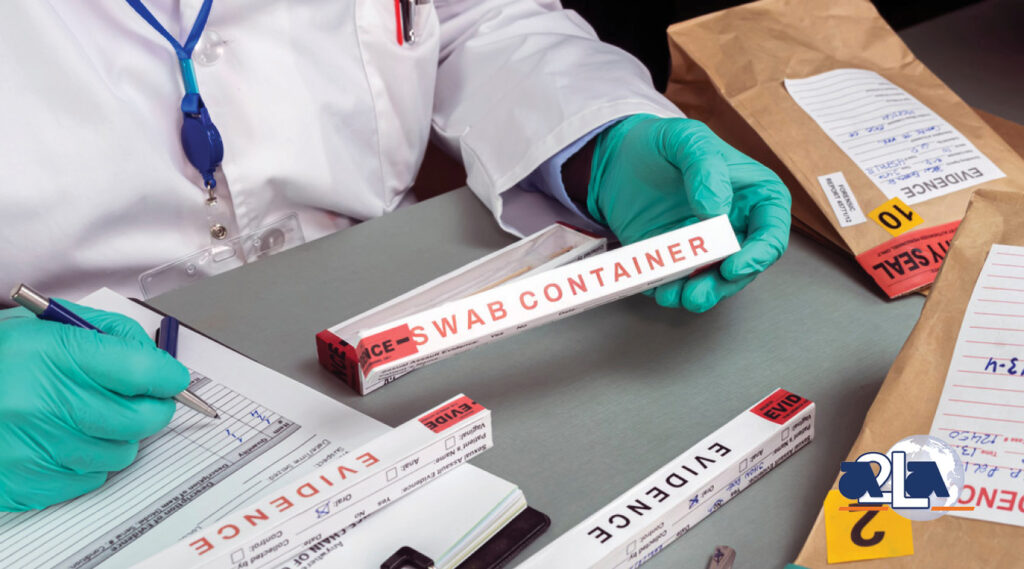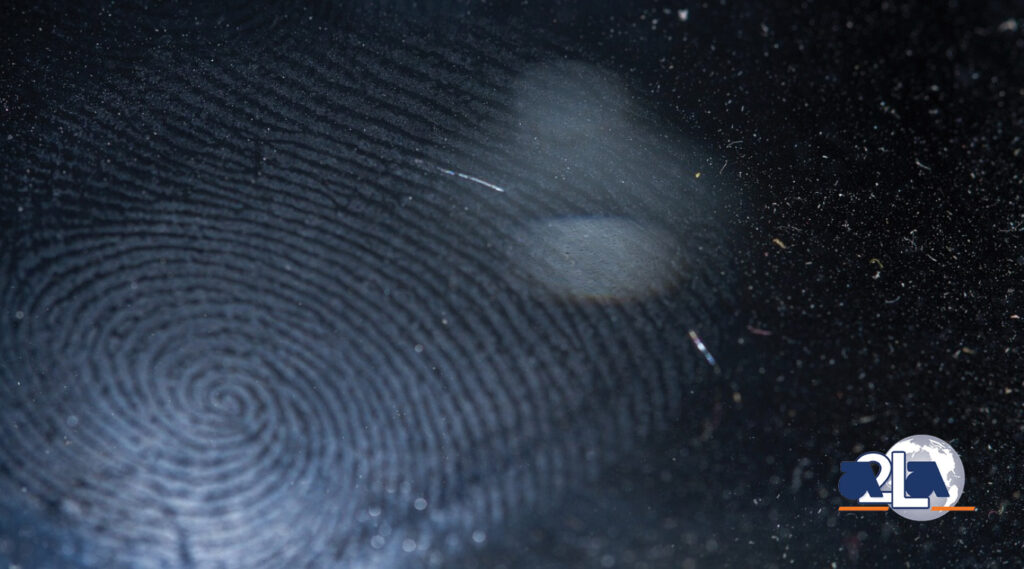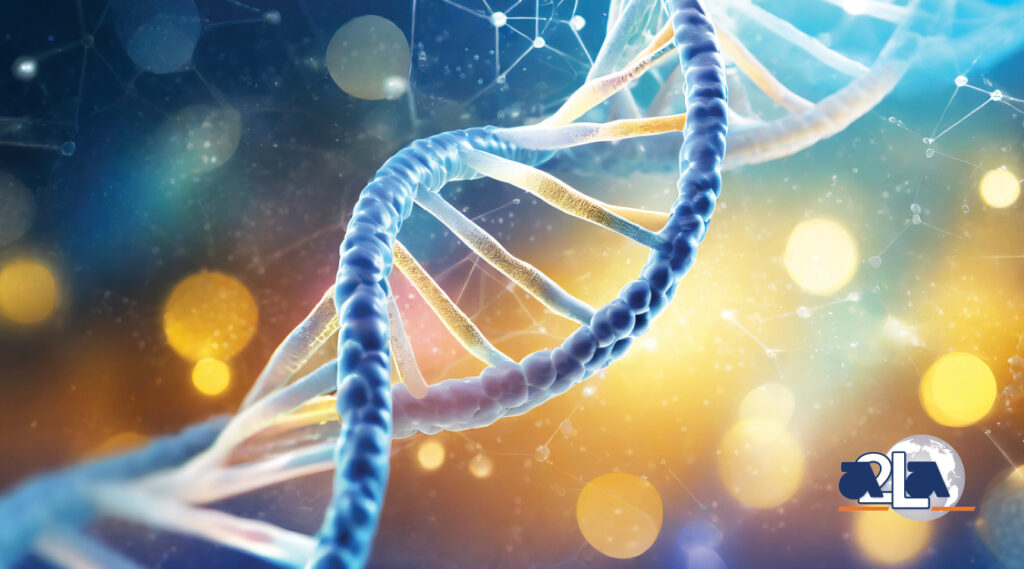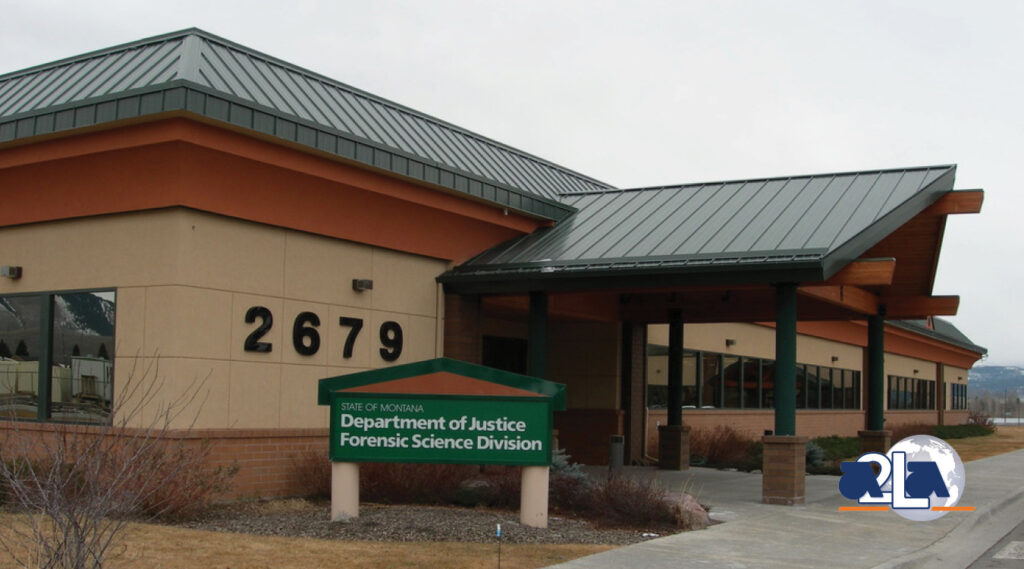Forensic DNA Phenotyping is a DNA typing method used to predict visual characteristics of the contributor of the unknown evidence sample or unidentified human remains. It can aid in the determination of externally visible physical characteristics of the contributor including hair color, eye color,
Sexual Assault Kits Initiative: Where Are We Now?
Since 2001, April has been the National Sexual Violence Resource Center’s Sexual Assault Awareness Month. The main goals of Sexual Assault Awareness Month are to raise awareness about sexual assaults and share information about how to help prevent it through education. It is also a time for
The Path to Accreditation in A2LA’s Forensic Examination Accreditation Program Made Easier with the Coverdell Grant
The Paul Coverdell National Forensic Science Improvement Act of 2000, which became public law (106-561), was established to improve the quality, efficiency, and integrity of forensic science services within the criminal justice system. To achieve this objective, the Paul Coverdell Forensic Science
What is OSAC and How Does It Benefit Forensic Science?
As a response to the 2009 National Research Council (NRC) report, Strengthening Forensic Science in the United States: A Path Forward, the Organization of Scientific Area Committees for Forensic Science (OSAC) was established in 2014 in collaboration with the National Institute of Standards and
2025 FBI Quality Assurance Standards
The FBI has approved changes to the Quality Assurance Standards for Forensic DNA Testing Laboratories and Quality Assurance Standards for DNA Databasing Laboratories. These changes will take effect on July 1, 2025. Your organization can prepare by reviewing pre-issuance copies as well as the
ISO/IEC 17025 vs. ISO/IEC 17020: What Each Standard Offers Labs
There is a growing trend of forensic organizations becoming accredited. This trend is for a variety of reasons, including state requirements, a means for receiving grants, or an organization’s desire to demonstrate that the work they perform is repeatable, reliable, defensible, and performed by
Interpreting the Language of ISO/IEC 17025
When seeking accreditation to ISO/IEC 17025, a logical first step would be to read the standard and perform a gap analysis identifying which areas of the standard your organization may need to develop and implement. However, despite the best efforts of its authors, the standard isn’t exactly an easy
Accreditation Case Study: Montana Department of Justice Forensic Science Division
The Montana Department of Justice’s Forensic Science Division is the only forensic laboratory in the state with facilities in Missoula and Billings. With about 40 scientists, the division serves law enforcement agencies throughout the state along with the medical examiner’s office. The laboratory








